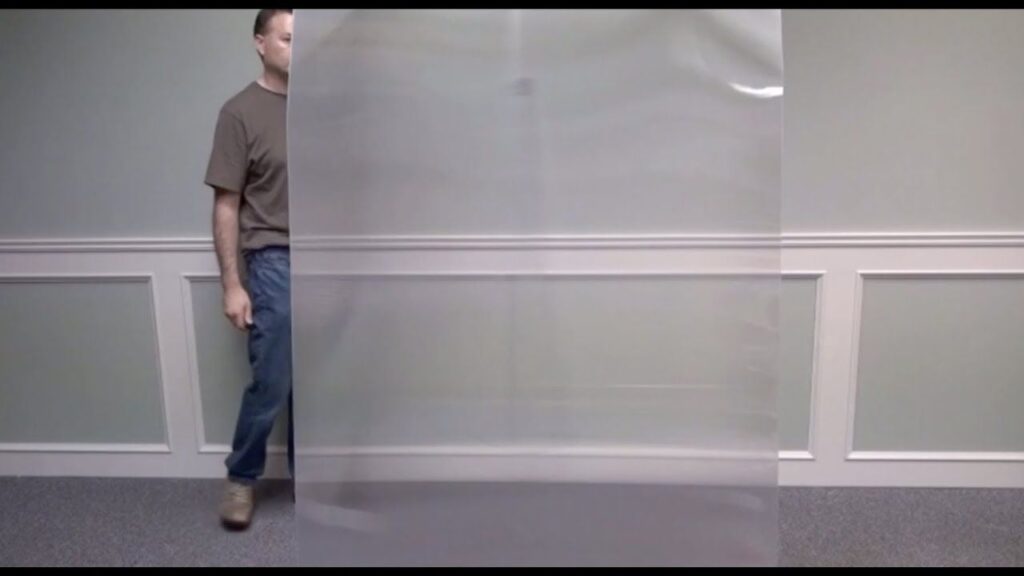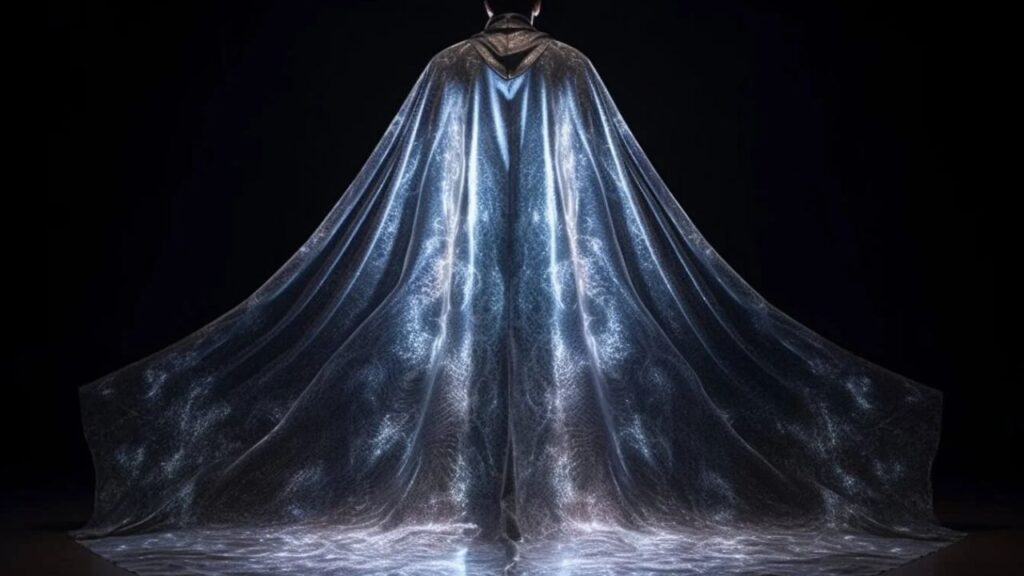
The concept of invisibility cloaks has long been a staple of science fiction and fantasy, capturing our imaginations through iconic depictions in works like Harry Potter and superhero comics. We have also wished for invisibility while watching tom and jerry. However, recent claims from China suggest that invisibility cloaks, once confined to the realms of fiction, are on the brink of becoming a reality. In this blog post, we’ll delve into the various aspects of invisible cloaks, exploring their materials, underlying concepts, and the potential implications of this groundbreaking technology.
What are Invisibility Cloaks
In the general field of cloaking technology, primary material that makes invisibility cloaks transparently invisible are metamaterials. Metamaterials are engineered materials with properties not found in nature, allowing them to manipulate light in unique ways. Researchers have experimented with creating cloaking devices using metamaterials to bend light around an object, making it appear invisible.
However, these technologies are still in the early stages of development, and there are significant challenges to overcome. Achieving true invisibility across different wavelengths of light, maintaining flexibility and scalability, and dealing with practical issues such as power consumption are some of the obstacles that researchers face.
Innovation; Chinese Invisibility Cloak

China’s recent claims about invisible cloaks involve the use of a material called “lenticular grating.” Composed of rows of tiny cylindrical convex lenses, this material has the ability to refract light in a specific manner. When arranged in a grating, these lenses create an illusion of invisibility by compressing and thinning objects parallel to them. Additionally, metamaterials play a pivotal role, allowing for the manipulation of light waves to achieve the desired cloaking effect.
The Unique Approach of InvisDefense:
Wuhan University’s InvisDefense takes a unique approach to invisibility by incorporating a mechanism to detect and single out different temperatures. By filtering out the heat emitted by a human body, the cloak aims to make the wearer effectively invisible. This innovation showcases the diverse strategies researchers are exploring to achieve cloaking effects.
Real-world Demonstrations:
In a recent demonstration at Bilibili’s Super Science Night, Chu Junhao, an academician of the Chinese Academy of Sciences, showcased the effectiveness of invisibility technology. By rotating a panel with the lenticular grating, he made parts of his body disappear, leaving the background visible. These real-world demonstrations are essential in proving the viability of such technology.
Potential Applications of Invisible Cloaks
While the claims about invisibility cloaks are still in the experimental stage, they have the potential to bring about transformative changes in various aspects into our lives. Here are several ways in which invisible cloaks could impact and change our lives:
Enhanced Personal Privacy:
- Invisible cloaks could offer individuals increased privacy, allowing them to move through public spaces without constant surveillance.
Revolutionizing Military Strategies:
- Invisibility technology could redefine military tactics, providing unprecedented stealth capabilities and enhancing national security.
Advancements in Surveillance and Security:
- Surveillance and security measures could be significantly improved, enabling more covert and effective monitoring in sensitive areas.
Innovations in Medical Procedures:
- In the medical field, invisible cloaks may aid surgeons by providing clearer visibility during intricate surgeries, potentially leading to breakthroughs in medical procedures.
Discreet Consumer Electronics:
- The technology may revolutionize the design of consumer electronics, creating more discreet and unobtrusive wearable devices.
Augmented Reality Integration:
- Invisible cloaks could play a role in the integration of augmented reality, allowing for immersive and interactive experiences in various applications, from gaming to education.

Improving Entertainment Experiences:
- The entertainment industry stands to benefit, with invisible cloaks enhancing special effects in movies, virtual reality experiences, and gaming.
Innovations in Architecture and Design:
- The concept of invisible rooms or structures could revolutionize architecture and interior design, providing innovative solutions for space utilization.
Efficient Anti-Drone Technology:
- Invisible cloaks could be utilized as an efficient defense against unauthorized drones, protecting critical infrastructure and ensuring airspace security.
Fostering Scientific Advancements:
- The development of invisibility technology signifies advancements in materials science, optics, and nanotechnology, contributing to broader scientific and technological progress.
New Perspectives on Reality:
- The existence of invisible cloaks could challenge our perception of reality, prompting us to reconsider what is visible and what is hidden.
Social and Cultural Impact:
- The introduction of invisibility technology may impact social dynamics, cultural norms, and the way people interact with each other in public and private spaces.
Human-Machine Integration:
- Invisibility technology might pave the way for innovative human-machine integration, influencing how individuals interact with augmented reality and smart environments.
Potential Disadvantages and Ethical Considerations:
The idea of invisible cloaks has sparked both excitement and concerns among the public. Potential disadvantages include an increased risk of covert activities, espionage, and malicious uses, undermining privacy and security. The introduction of invisibility technology will prompt discussions and debates on ethical considerations, requiring society to navigate the fine line between technological progress and responsible use.
Invisibility technology may empower individuals with harmful intentions, enabling undetected criminal acts. Ethical dilemmas emerge, challenging societal norms and fostering mistrust. In legal realms, defining and enforcing regulations becomes intricate, demanding stringent measures to prevent misuse. The use of invisible cloaks in public spaces poses potential safety hazards, as concealed individuals may go unnoticed during emergencies. Striking a delicate balance between innovation and responsible implementation becomes imperative to address these inherent drawbacks.
Conclusion:
As China claims to be on the verge of turning the fiction of invisible cloaks into reality, the scientific community and the public alike eagerly await further developments. The fusion of metamaterials, innovative materials like lenticular grating, and unique concepts such as temperature detection are propelling invisibility technology from fantasy to the realm of possibility. The coming years are poised to witness groundbreaking advancements, potentially ushering in a new era where invisibility is no longer just a product of imagination but a tangible and transformative technological achievement.